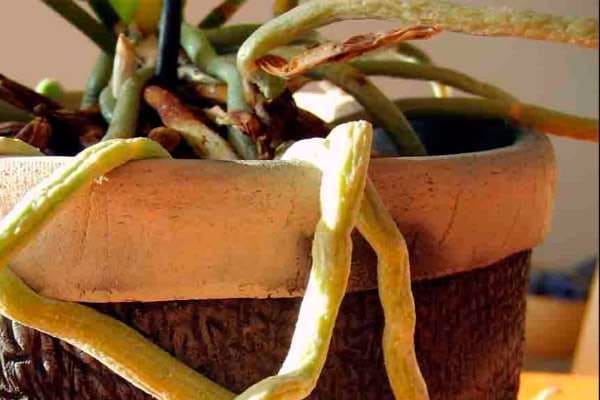 When growing orchids, they often face such misfortune as drying the roots. What are the causes of this phenomenon and what should be done to eliminate such a problem. The root system plays an important role in the life of the orchid, it depends on it the general condition of the plant, the quality of foliage and the duration of flowering.
When growing orchids, they often face such misfortune as drying the roots. What are the causes of this phenomenon and what should be done to eliminate such a problem. The root system plays an important role in the life of the orchid, it depends on it the general condition of the plant, the quality of foliage and the duration of flowering.
Content
The reasons for the drying of the roots of an orchid
With improper care, the flower begins to hurt and, first of all, this is reflected in its root system, the roots begin to dry. Some of the roots of the orchid are immersed in a loose layer, and some remain in the air. Sometimes you can observe how a flowering orchid has a dry root. But, even if the plant looks completely healthy, this is not always the case. To check the condition of the roots, the flower is removed from the pot, the roots are freed from the substrate and their condition is visually assessed. Below are the most common causes of drying of the root system of a butterfly orchid.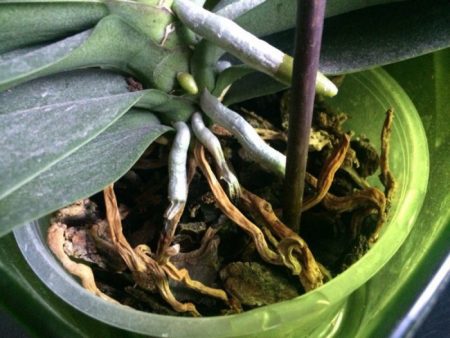
Signs of Dry Roots
Water shortage
The most common reason why a strong root in phalaenopsis can dry is a lack of water, and the first visible sign of this is the increased formation of aerial roots in different directions. Green elastic roots say the root system is in order. If the roots with a grayish tint, soft, easily pressed through when pressed, are hollow, then they urgently need watering.
An important role is played by the method of hydration. Orchids are watered by thoroughly immersing the flower pot in a water tank so that the liquid level is on par with the top layer of the substrate. Leave in this form for 5-10 minutes, in order to saturate the soil and roots with nutrient moisture, then they are removed and allowed to drain excess fluid.
Chemical burn with hard water and fertilizers
When growing orchids, it is important that the plant is provided with moisture. When watering, it is advisable to use only well-maintained soft or filtered, rain or melt water. Mineral salts found in hard tap water can burn the roots. This is evidenced by the drying of the roots, a brown coating on them, and white - on the surface of the soil.
When feeding Phalaenopsis, it is necessary to strictly observe the desired concentration of fertilizer, having previously dissolved them in water and only then immerse the flower in a nutritional composition. The golden rule of gardeners regarding fertilizers: it is better to “underfeed” a plant than to create an overabundance of useful trace elements. You can not pour fertilizer in its pure form on the root system of the plant. In case of root burn, fertilizer can destroy the orchid irrevocably. Not only air roots, but also roots inside a pot perish.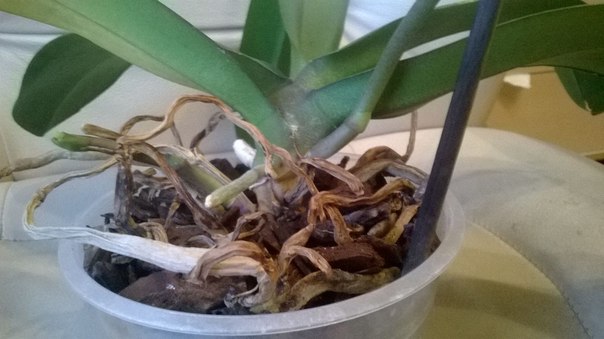
Low humidity
Since the homeland of orchids is the tropics, they love a humid environment, but this does not mean that they must be constantly flooded. Very often, the plants themselves increase air humidity, since 97% of the water that they are watered evaporates through the leaves. The correct solution would be to monitor the moisture of the substrate and the condition of the roots.
The aerial roots of the phalaenopsis dry out earlier, so they need regular spraying from the spray gun. In this case, moisture gets on the leaves and on the surface roots. It is important that after such a procedure it is necessary to remove droplets of liquid in the recess of the outlet with a napkin to prevent decay.
Another solution to the problem is to create artificial tropics for the flower.To do this, the plant, together with the pot in which it grows, is placed in a slightly larger container and placed in a warm, well-lit place. Water, as usual, and periodically irrigate only the inner walls of large capacity. Thus, the vapors from the phalaenopsis will remain in a large pot. This process is not fast, but effective.
Injuries
If handled improperly, the plant may be injured. Damage to plant tissue becomes a weak point through which fungus and microbes can infect a flower. If part of the orchid is injured or infected with a disease, it must be removed with a piece of healthy tissue to prevent the spread of infection. Removal is done with a hot tool, and the section is treated with fungicide.
Infectious diseases
Orchids can sometimes be affected by infectious diseases. The reason for this can be both infection from another plant, and the influence of external factors: a sharp change in air temperature, drafts, waterlogging or excess fertilizer.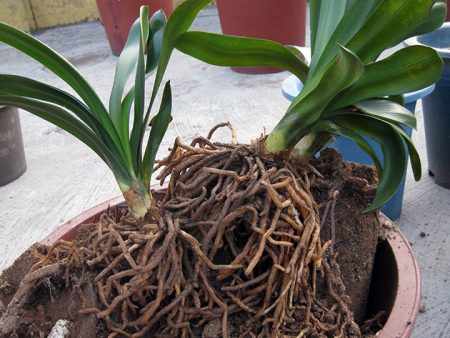
The appearance on the plant of tubercles and spots of dark or light color indicates a fungal disease. It is very important to isolate the affected plant from others in order to protect them from infection. Damaged orchid leaves are treated with tetracycline diluted in warm water. You can remove infected leaves and treat the cut with activated charcoal. But to save the plant is very difficult.
When black spots appear, the plant is infected with black rot. To save a flower is almost impossible. When the decay of the growth point appears, the neck of the flower is affected, as a result, the leaves turn yellow and disappear and the plant dies.
If the surface of the leaves becomes covered with brown spots - this is a brown spot. Then in the area of spots ulcers appear with flowing juice. If time is lost, there is nothing to help the plant.
With such a fungal disease as powdery mildew, the leaves of the plants become covered with white coating. Unfortunately, treatment also does not guarantee success.
Rust - is very rare, characterized by the appearance of brown-red spots. The plant grows poorly. Affected leaves are pruned and treated with Fitosporin.
With all these diseases, it is better to destroy such a plant so as not to harm the rest.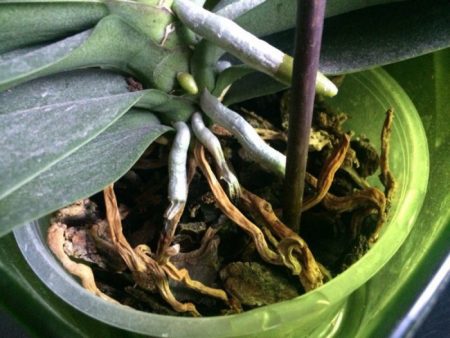
Root restoration methods
If the orchid leaves wither and dried leaves are found during inspection, the plant must be urgently resuscitated. In practice, several methods are used to restore the roots of the phalaenopsis.
- Dried roots can be brought back to life by immersing them for several hours in warm water. Then the pot is dried for several days and the procedure is repeated as long as it takes before the roots return to normal.
- If the flower has completely lost its roots and the leaf has lost its elasticity, then restoration should begin with feeding the leaves with nutritious compounds. For this, succinic acid is used, wiping the sheet plates on both sides with it.
- To revive the roots make nutritious cocktails: solutions of 1 liter of water with the addition of 1 teaspoon of glucose, sugar or honey. Keep the roots in the resulting composition for 6 hours. Repeat such procedures every 2-3 weeks.
- Use "Kornevin" - a biological product that stimulates root growth.
- One option is to transplant the flower into a new substrate.
- A good result is given by top dressing with potassium-phosphorus fertilizer once every 15-20 days.
The recovery process lasts from 3 weeks to 6 months, until the emergence of new roots.
Exact adherence to all growing conditions and an individual approach to each specimen will allow the orchid to feel great and delight others with its luxurious flowers.
Reviews
1.I gave a beautiful Phalaenopsis orchid for my birthday, but there is no experience in growing, since this is my first orchid. I looked at the pot from all sides, visually it seems that everything is in order, a lot of flowers. Thanks for the article, I hope that I can avoid such a problem as dry roots.
2. Now I am very worried about my flowers. She opened the airing window and forgot to close it, she left the house. It seems that they froze, completely wilted, one even dropped a few petals. I do not know whether they will depart or not to hope.
3. And while I just admire the orchids from the side, it seems to me they are so difficult to care for. I really like Phalaenopsis and Blue Wanda.

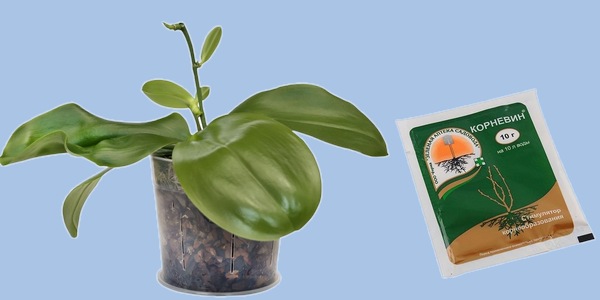
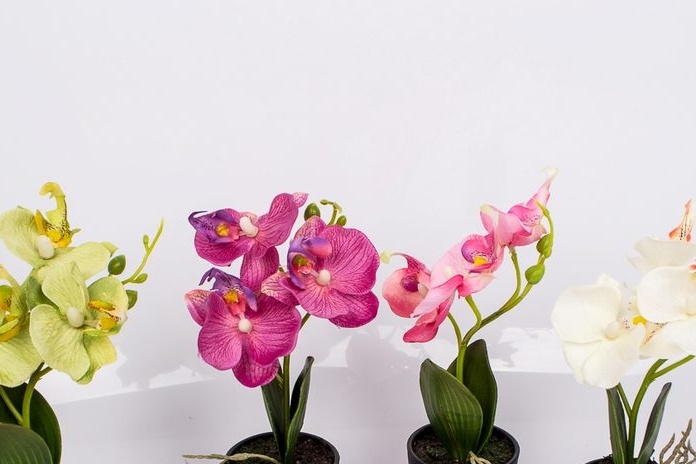
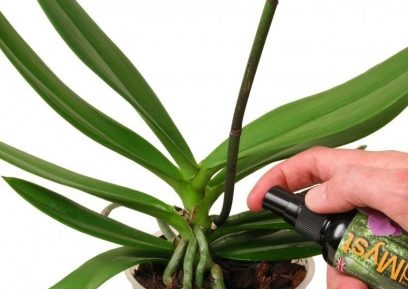
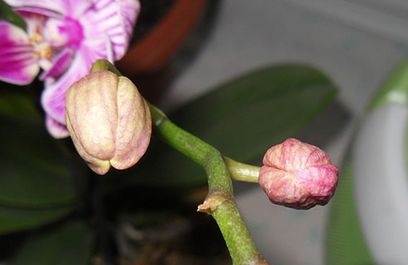 Reasons why orchids fall flowers and what to do
Reasons why orchids fall flowers and what to do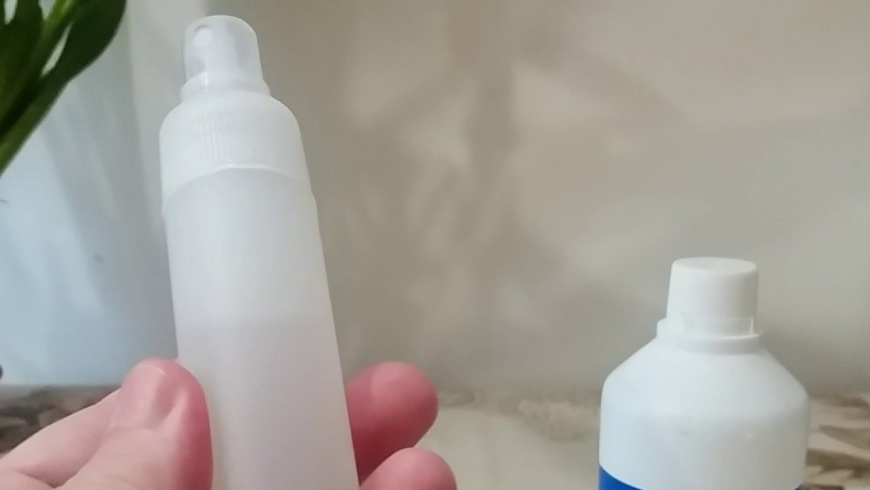 How to use hydrogen peroxide for orchids and why
How to use hydrogen peroxide for orchids and why Midges are wound up in the orchid: effective ways to get rid
Midges are wound up in the orchid: effective ways to get rid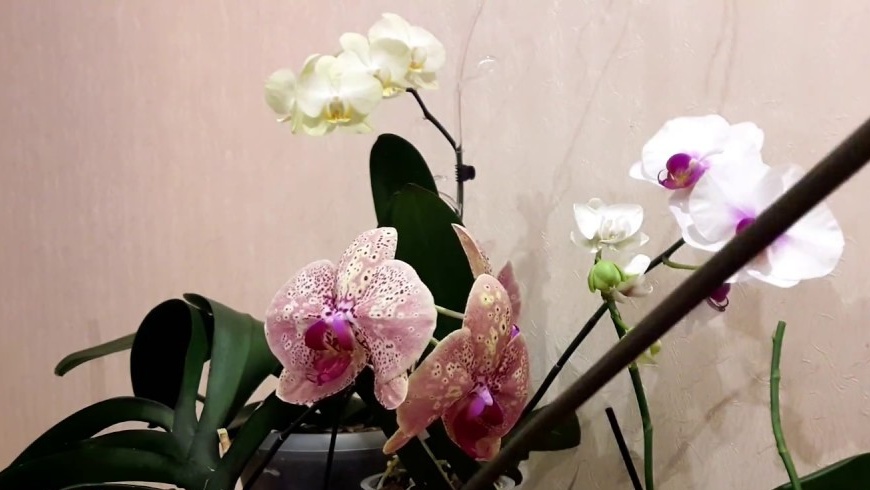 Is it possible to transplant an orchid during flowering
Is it possible to transplant an orchid during flowering